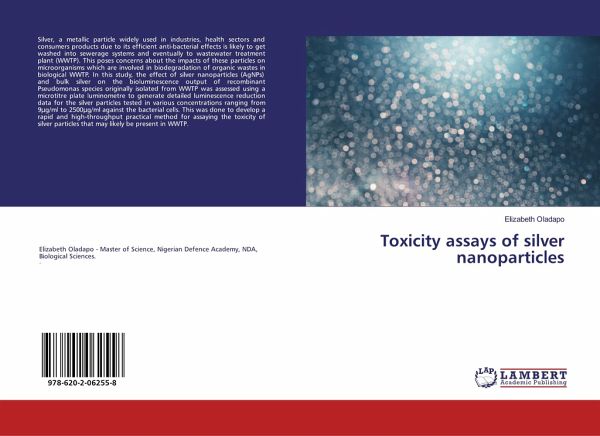
Toxicity assays of silver nanoparticles
Versandkostenfrei!
Versandfertig in 1-2 Wochen
36,99 €
inkl. MwSt.

PAYBACK Punkte
18 °P sammeln!
Silver, a metallic particle widely used in industries, health sectors and consumers products due to its efficient anti-bacterial effects is likely to get washed into sewerage systems and eventually to wastewater treatment plant (WWTP). This poses concerns about the impacts of these particles on microorganisms which are involved in biodegradation of organic wastes in biological WWTP. In this study, the effect of silver nanoparticles (AgNPs) and bulk silver on the bioluminescence output of recombinant Pseudomonas species originally isolated from WWTP was assessed using a microtitre plate luminom...
Silver, a metallic particle widely used in industries, health sectors and consumers products due to its efficient anti-bacterial effects is likely to get washed into sewerage systems and eventually to wastewater treatment plant (WWTP). This poses concerns about the impacts of these particles on microorganisms which are involved in biodegradation of organic wastes in biological WWTP. In this study, the effect of silver nanoparticles (AgNPs) and bulk silver on the bioluminescence output of recombinant Pseudomonas species originally isolated from WWTP was assessed using a microtitre plate luminometre to generate detailed luminescence reduction data for the silver particles tested in various concentrations ranging from 9¿g/ml to 2500¿g/ml against the bacterial cells. This was done to develop a rapid and high-throughput practical method for assaying the toxicity of silver particles that may likely be present in WWTP.




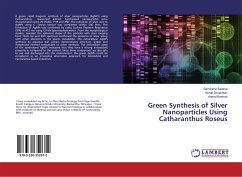
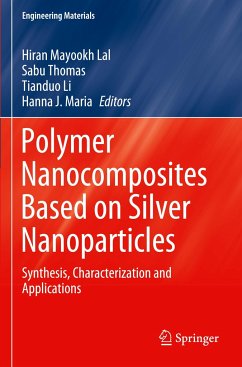
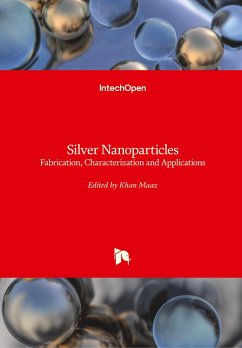
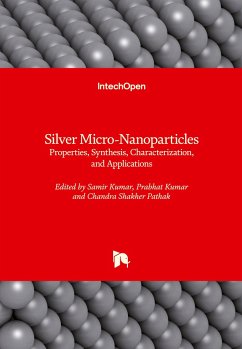

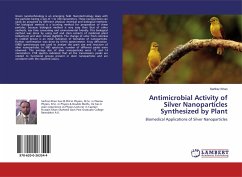

![Prospecting for Gold and Silver in North America [microform] Cover Prospecting for Gold and Silver in North America [microform]](https://bilder.buecher.de/produkte/65/65507/65507576n.jpg)
![The Davis Handbook of the Cobalt Silver District [microform] Cover The Davis Handbook of the Cobalt Silver District [microform]](https://bilder.buecher.de/produkte/65/65506/65506648n.jpg)